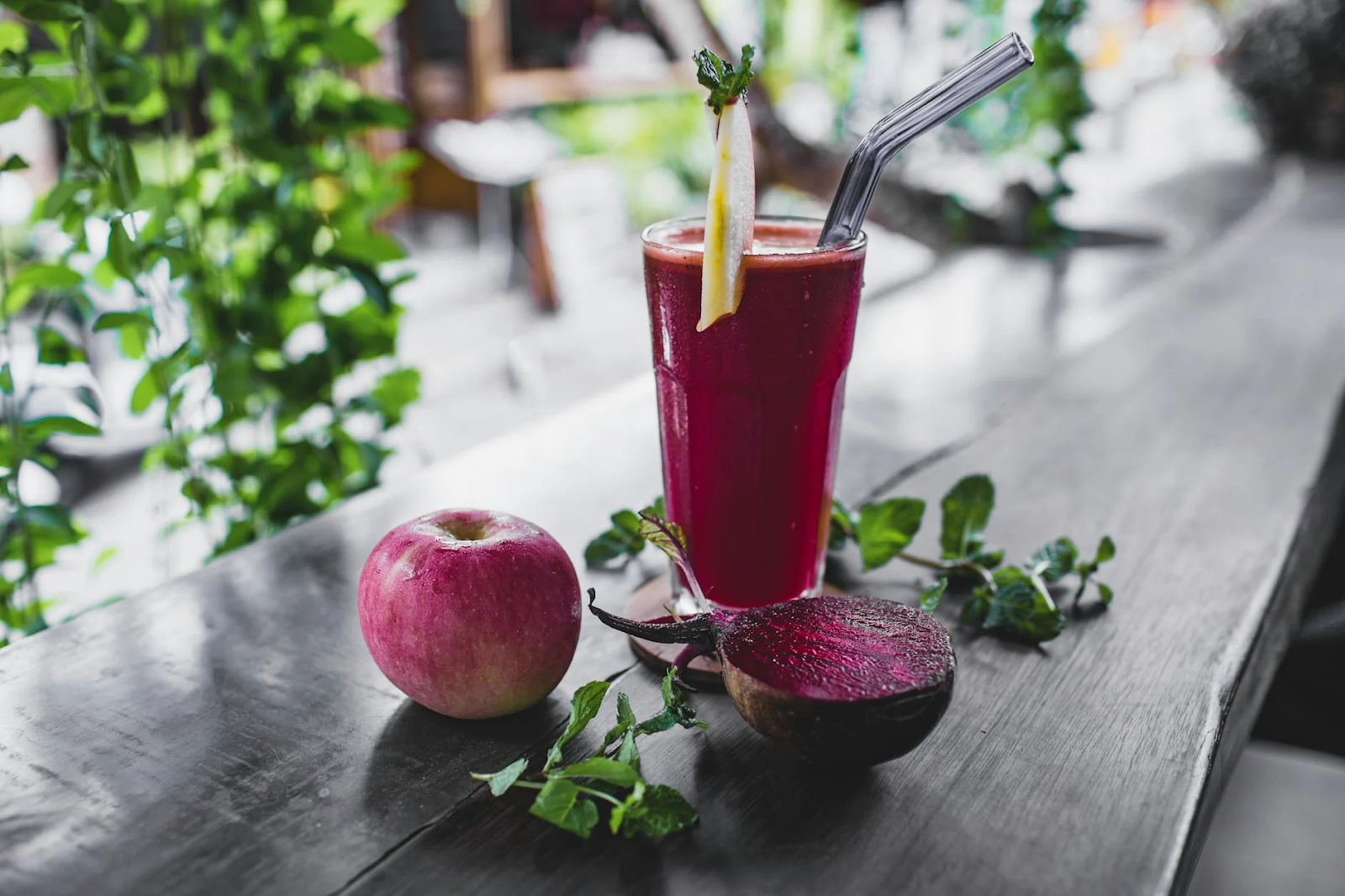If there’s one food I reach for most, it's beetroot! This vibrant root veg is packed with a powerhouse nutrient: nitrate.
💡 Why Beetroot Matters
Supports healthy blood pressure
Plant nitrates are converted by mouth bacteria into nitrites, which then become nitric oxide - a molecule that dilates blood vessels, increasing circulation. Even small amounts can reduce the risk of stroke and heart attack by around 10%, according to one study.
Boosts performance and brain function
The surge in blood flow benefits muscles and brain alike - improving athletic performance and reaction times in older adults.
Perfect for aging bodies
As we get older, our ability to produce nitric oxide declines - making nitrate-rich foods like beetroot even more valuable.
🔄 Beetroot vs. Nitrates in Processed Meats
Plant-based nitrates are not the same as additives found in processed meats. When naturally occurring nitrates from veggies convert to nitric oxide, they promote health. Nitrates in some processed meats can form harmful nitrates during cooking - but beetroot’s nitrates are the good kind!
🍽️ Best Ways to Enjoy Beetroot
- Raw and grated on salads for maximum nitrate retention.
- Juiced (add apple for sweetness). Be careful - it can drop blood pressure quickly! I remember when I juiced beetroot and apple, sometimes I would feel very light-headed afterwards. I thought it was a blood sugar response, but then I realised that it lowered my blood pressure - so much so, that when I stood up, I had to sit down and put my head between my knees. It was a very fast response. I now mix it with a little water, and I sip it during the day rather than drinking it all in one go. Sip slowly throughout the day rather than drinking it all at once.
- Roasted in the air-fryer (vs boiled) to preserve nitrates and natural sweetness. The air fryer cuts the cooking time in half - just use a little olive oil. I air-fry to roast many vegetables, it's so quick and easy.
Tip: Vacuum-packed or pickled beetroot contains less nitrate than fresh or air-fried versions, but if it's better than no beetroot at all.
🥗 Beetroot Recipe Ideas for any time of the day
Raw Beet Salad for lunch: Grated beetroot, apple, walnuts, feta, mixed greens, olive oil drizzle
Air-Fried Beet Chips for a snack: Thin beet slices tossed in olive oil, air-fried to crisp perfection
Beet Juice Spritz: Beetroot + apple + lemon, topped with sparkling water (add juiced celery for an extra helping of nitrites)! You can also buy beetroot juice (without added sugar or artificial sweeteners) and add sparkling water for a refreshing drink at your desk.
🦷 Does Toothbrushing Affect Nitric Oxide Production?
Yes - and that’s important!
It's pretty amazing that beneficial mouth bacteria converts nitrates to nitrites, which gives beetroot it's remarkable benefits. So if you've just cleaned your teeth and then you eat beetroot, it can reduce nitric acid. It's the same if you clean your teeth immediately after eating beetroot.
✅ Best practice: Try to wait at least 30 minutes after brushing before eating beetroot or high-nitrate vegetables, such as leafy greens and celery.
Or consider rinsing with water after meals instead of brushing immediately - so those helpful bacteria can do their job.
Beetroot isn’t just colourful - it’s clinically powerful. By using smart cooking methods and honouring the role of mouth bacteria, you can supercharge your blood flow, brain function, and physical performance.

Comments
Post a Comment